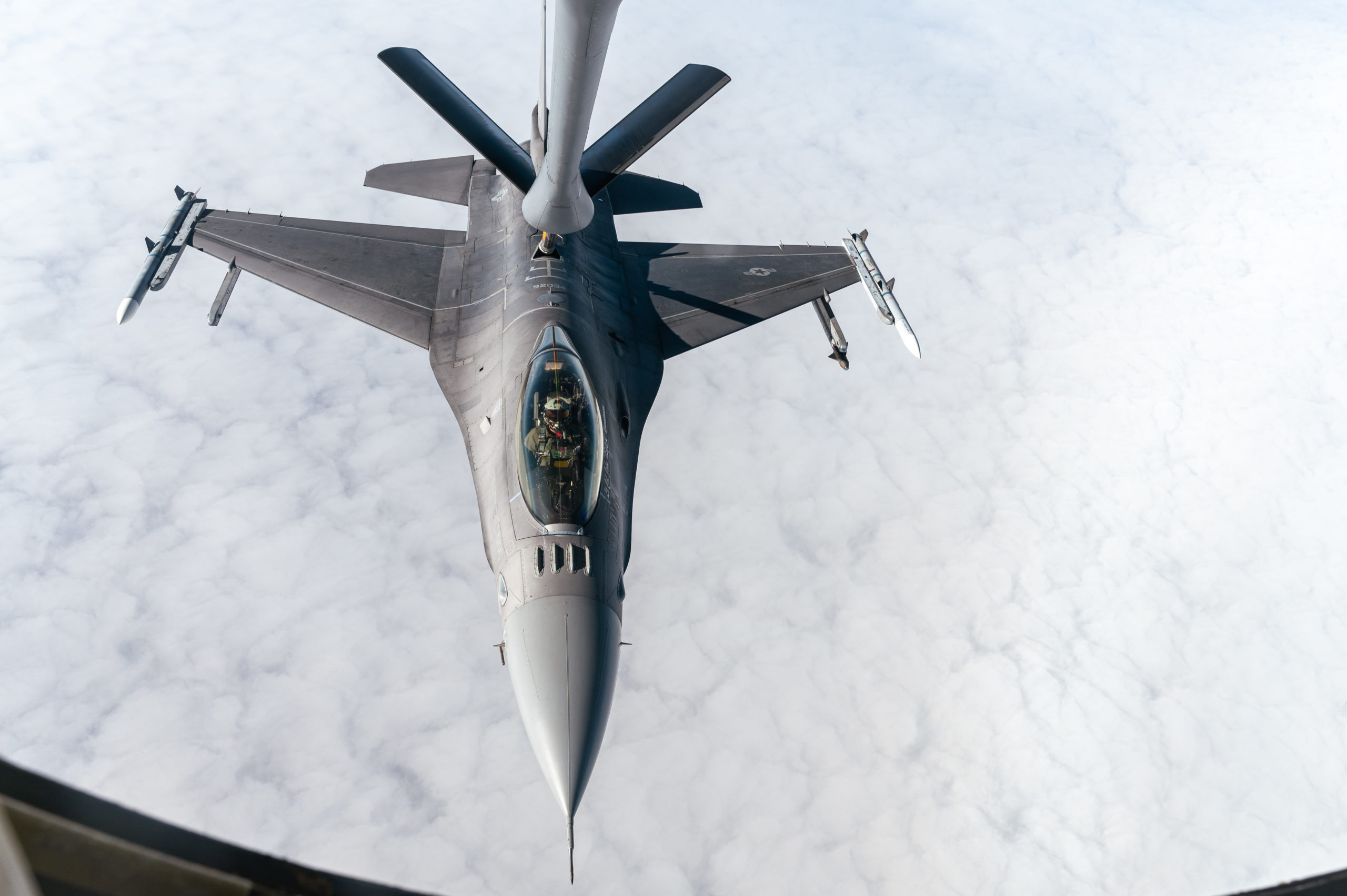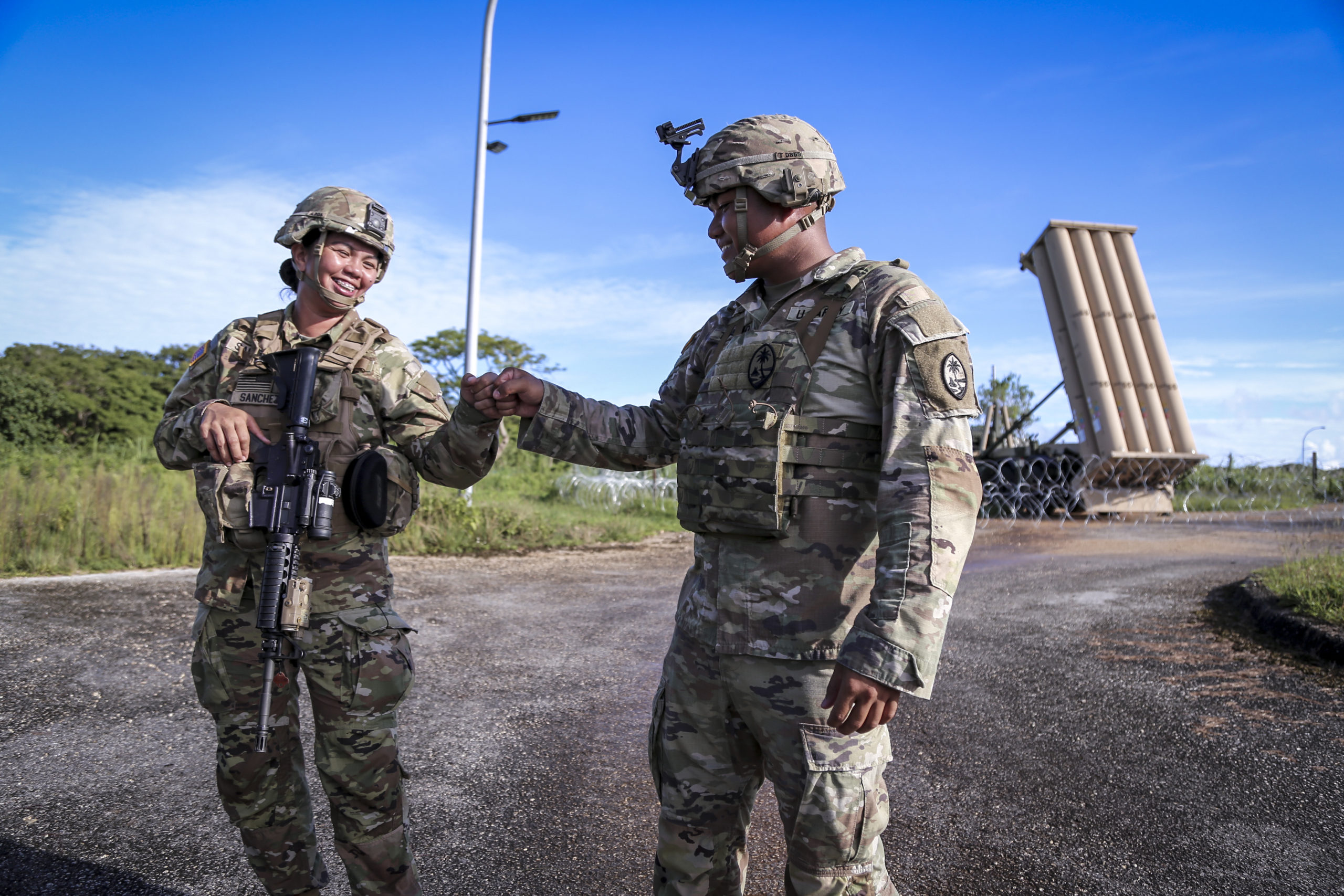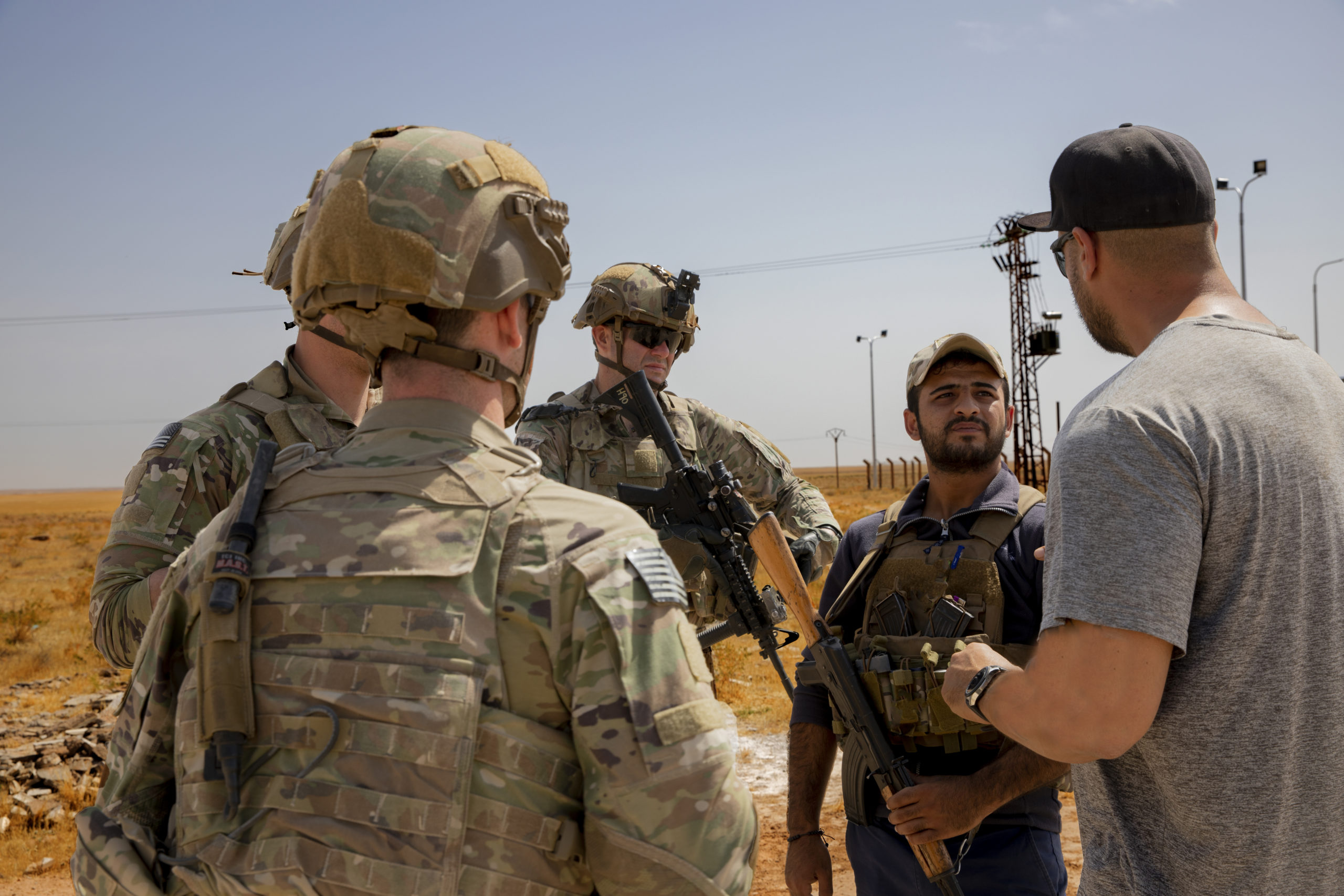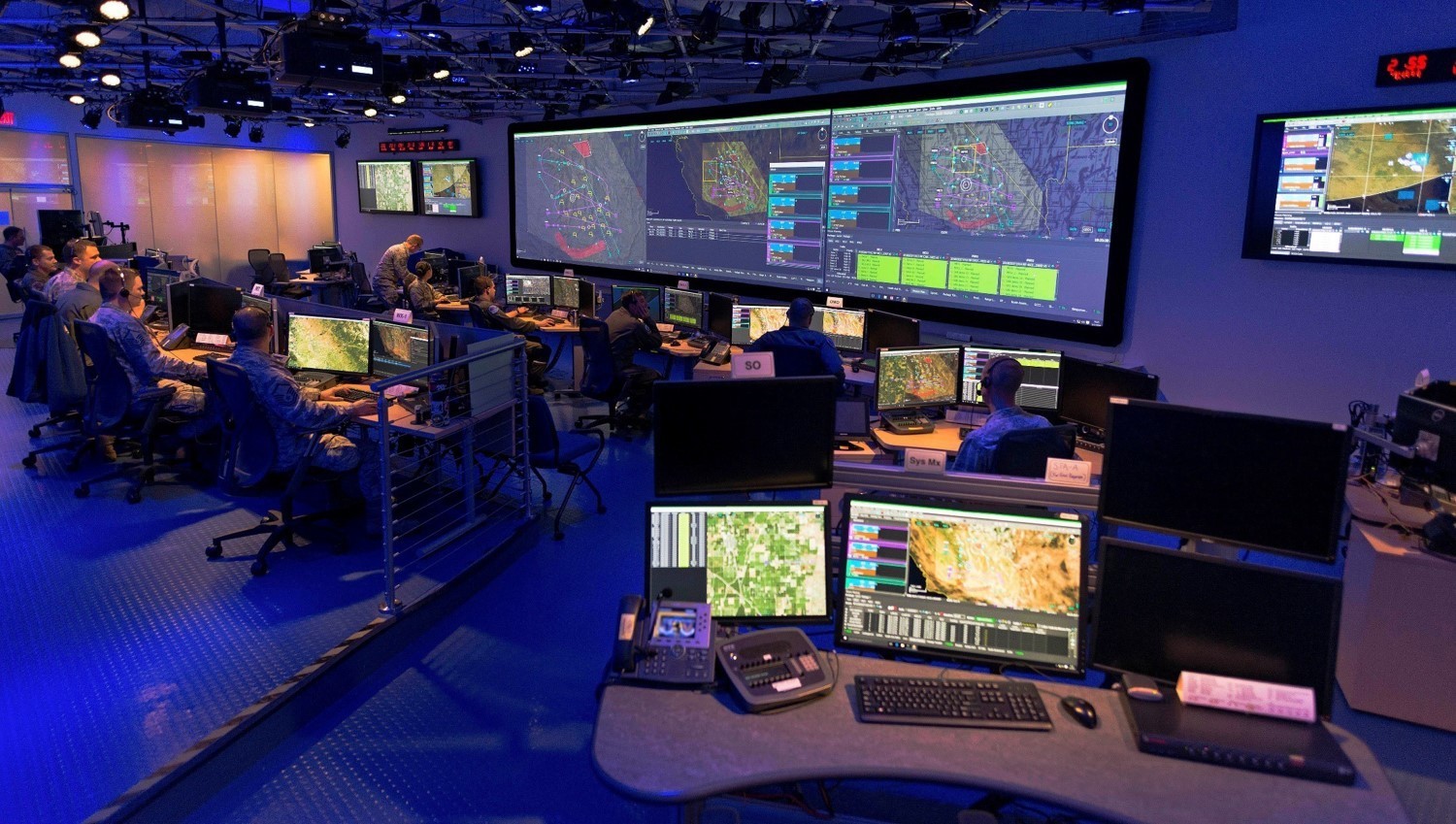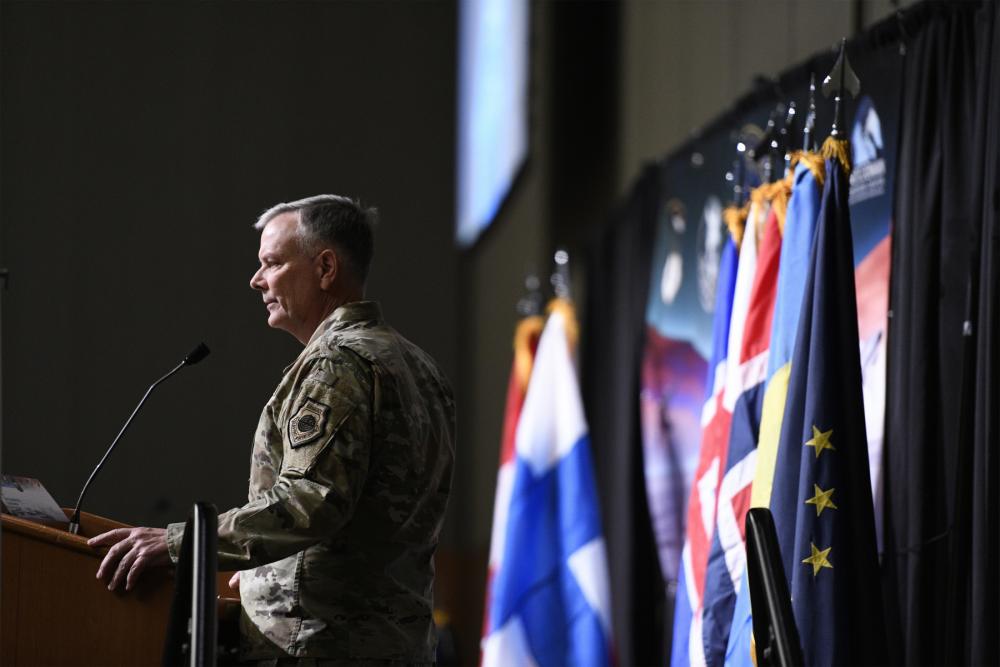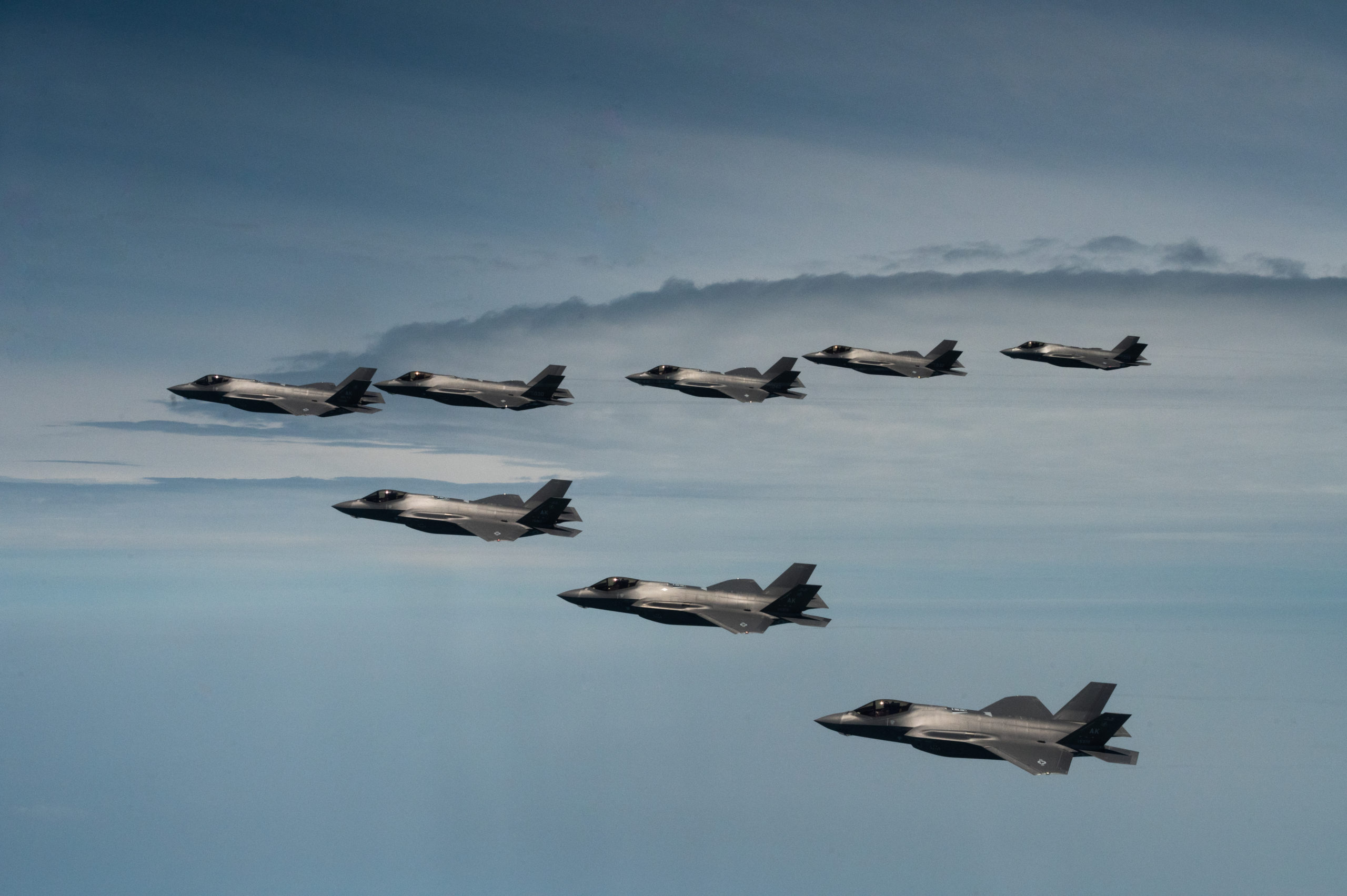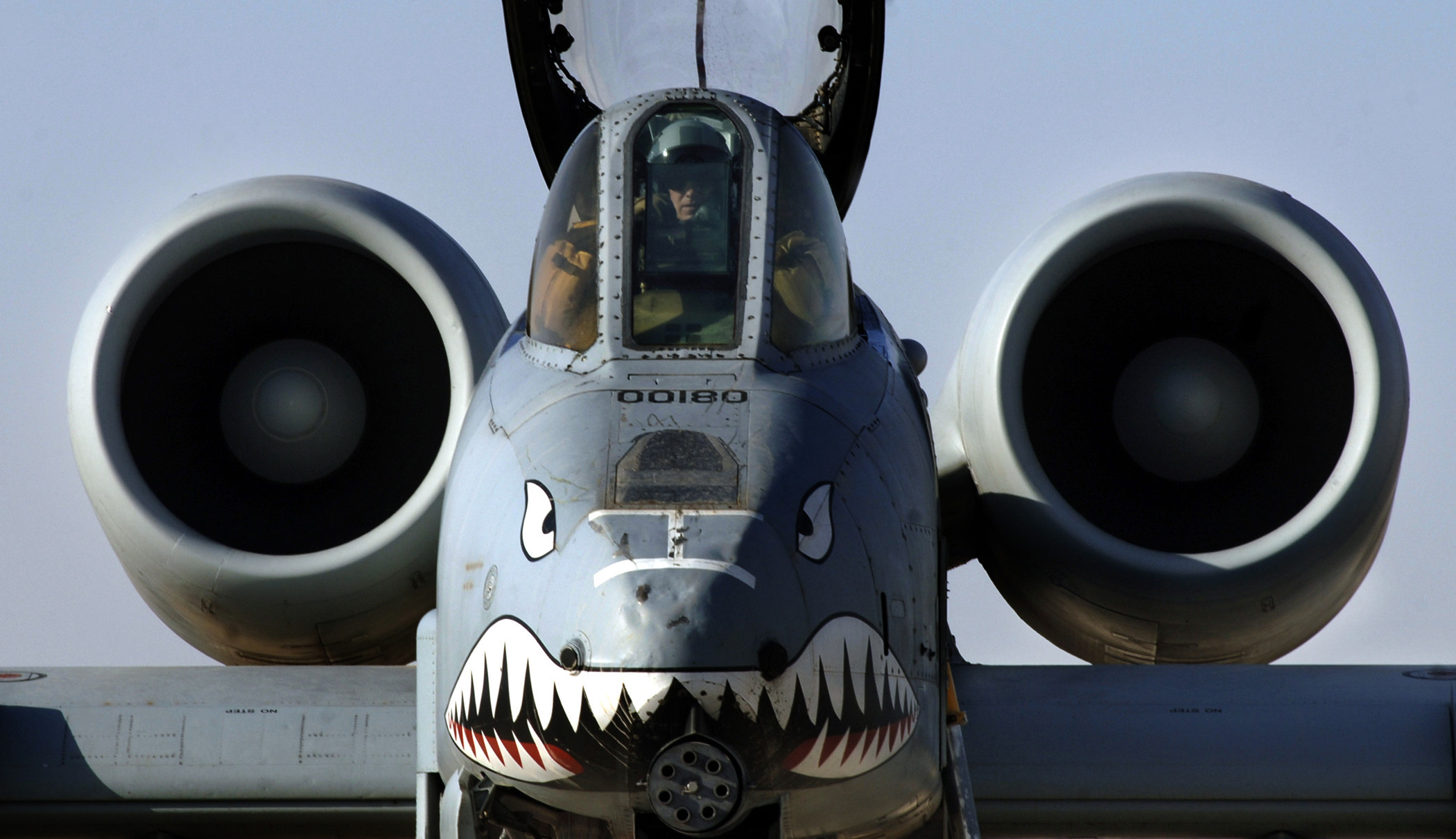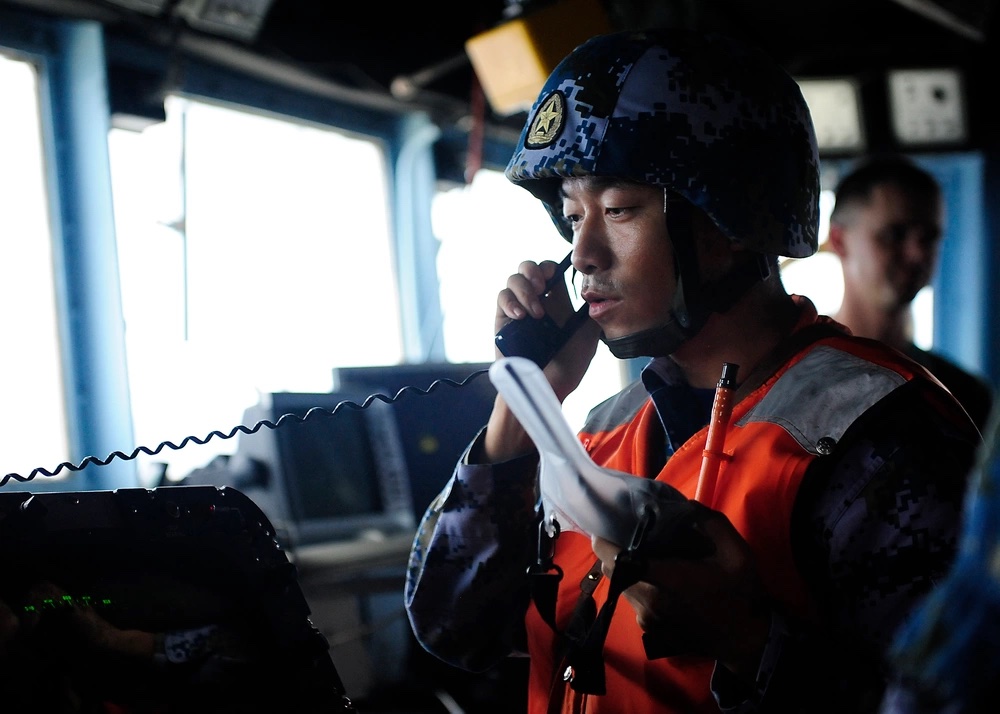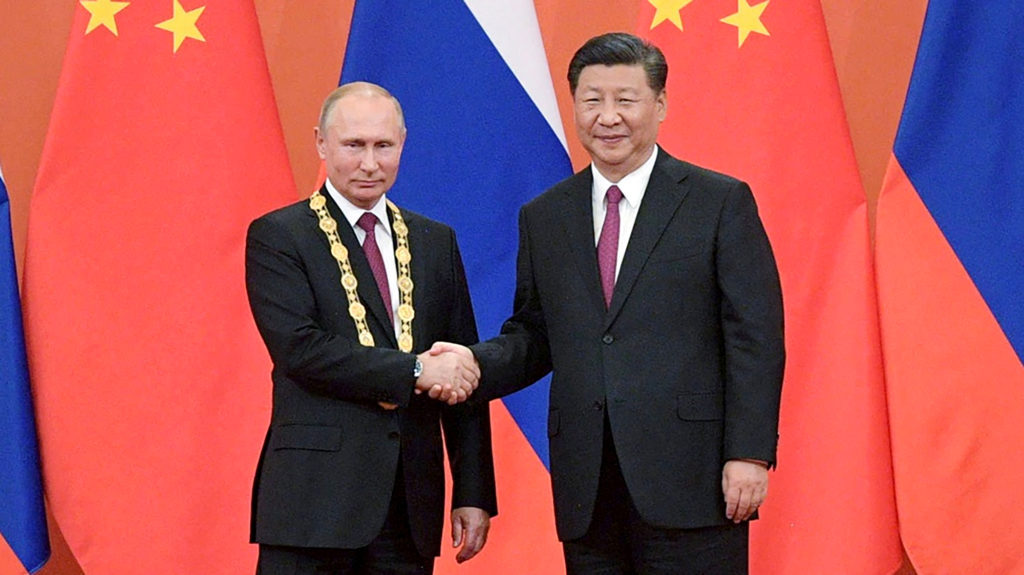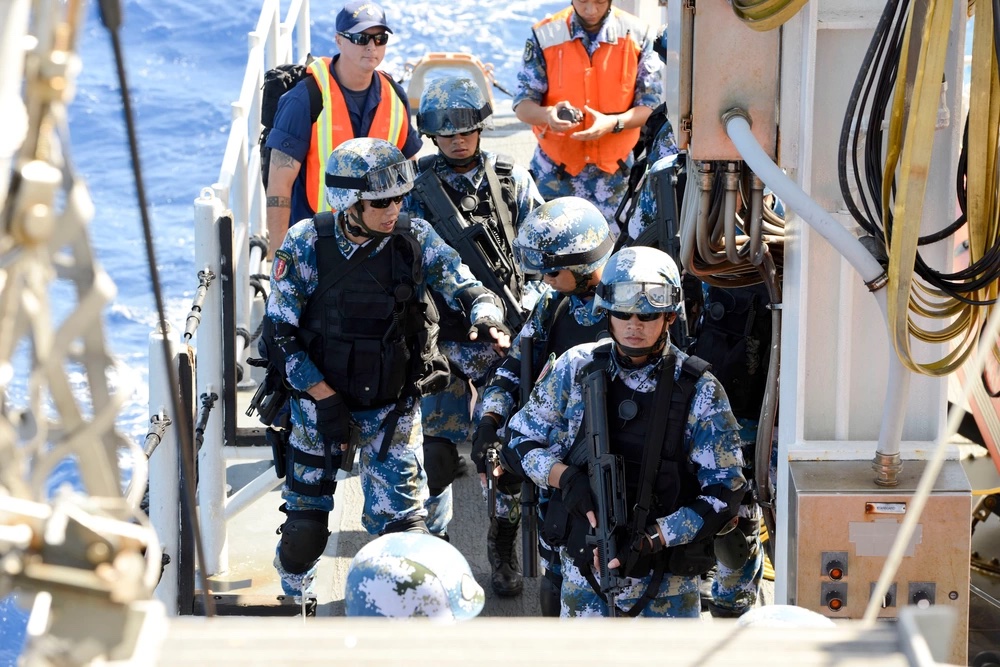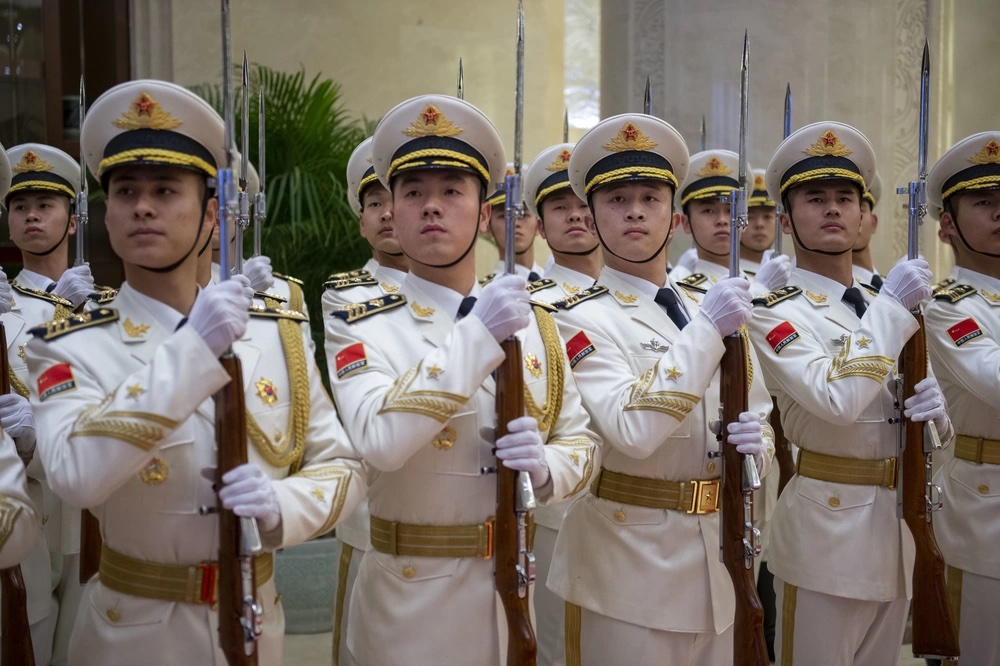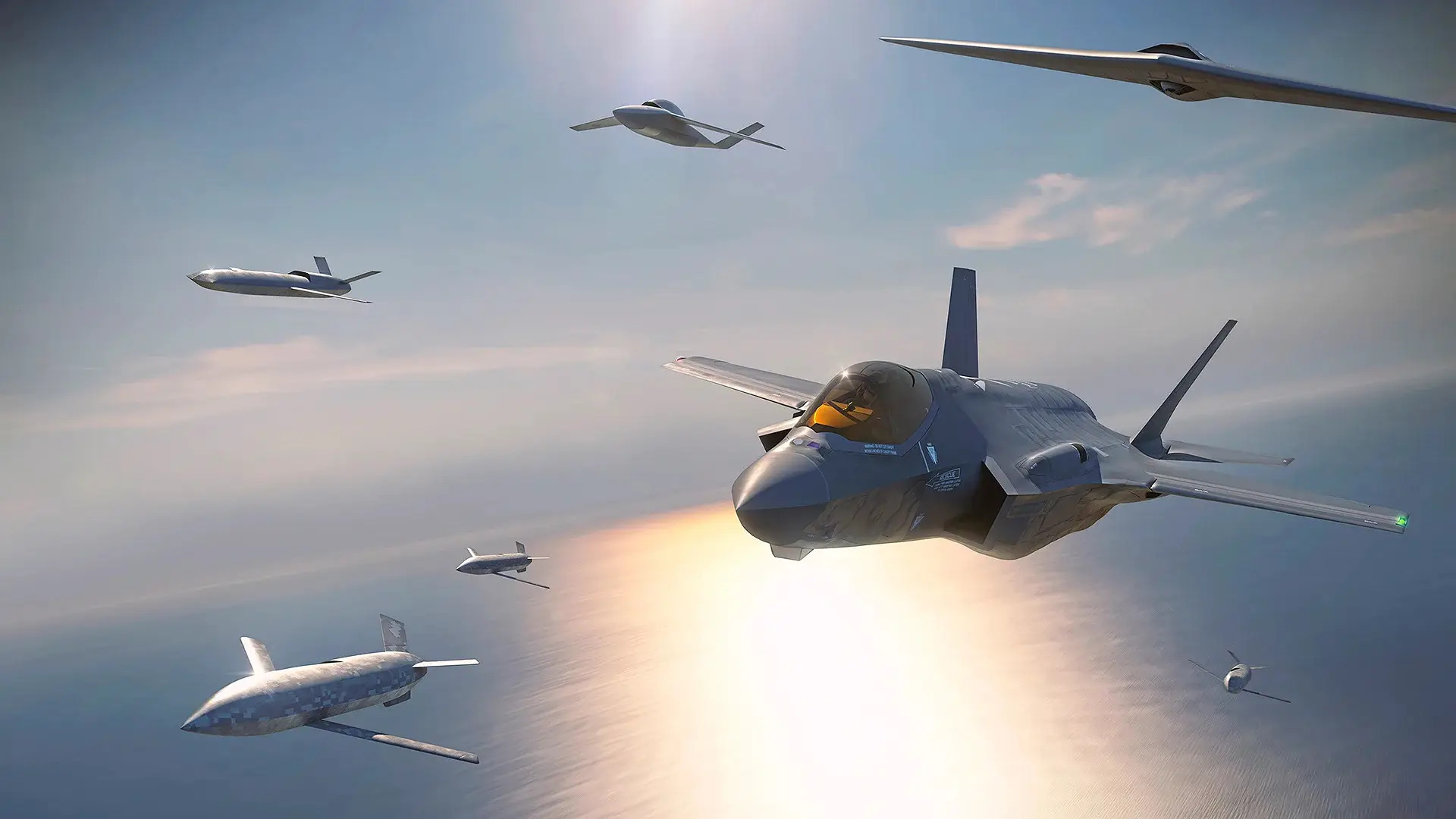Challenged by House lawmakers over the slow pace of weapons development, the Defense Department’s top weapons buyer acknowledged the Pentagon’s faults, as well as Congress’ past failures to deliver budgets on time.
“We know that it doesn’t matter how beautiful the prototype is,” said William LaPlante, undersecretary of defense for acquisition and sustainment. “It has to get to the warfighter.”
Rep. Mike Gallagher (R-Wis.), chairman of the House Armed Services Cyber, Information Technologies, and Innovation subcommittee, opened the panel’s March 23 hearing with a stinging critique of the Pentagon’s acquisition of commercial technology already proven in battle against improvised explosive devices in Iraq in 2007. Despite that, Gallagher noted, it took DOD six years to define a requirement for the system, then five more push it through programming, planning, and budgeting.
“We downplayed production and peace dividends after the Cold War, and a focus on counterinsurgency operations, necessarily so after 9/11, led us to prioritize other things in the industrial base and not prioritize production,” LaPlante said in the Pentagon’s defense. “If you do not do production, no matter how brilliant your innovation is, it’s not going to get to a warfighter.”
LaPlante said one systemic problem in delays is funding uncertainty. Short-term budget extensions known as continuing resolutions that drag on for weeks or months at a time delay new starts and distract energy from other work. If Congress is going to operate that way, the Pentagon needs more flexibility, he said.
“We have to continue to have more flexible authorities, and then we must be able to provide and buy things in advance, procure things in advance, and we must also get the budget passed on time,” LaPlante said. “I know it’s unfair because all of you support the budget. But I think … four years we have not had a budget out of the last 10, 11 years. It’s not funny to think that if the Chinese have done the same thing, we’d be in a better place.”
Gallagher’s complaint set the tone for the hearing. “To put it simply, it took the Department of Defense 11 years to translate warfighter demand into a funded marketplace demand and five more to deliver a product that saves American service member lives,” he said. “It’s the norm, not the exception, too often in this world.”
LaPlante said the Defense Innovation Unit created the prototype in two years in that instance, doing what it was supposed to do, but other holdups in the cumbersome acquisition process were probably at fault.
Heidi Shyu, undersecretary of defense for research and engineering, said the National Defense Science and Technology Strategy now in the works aims to address acquisition speed. It will focus on joint service goals, quickly fielding capabilities, and cultivating the talent.
“Last year, we identified 14 critical technologies that underpin our advantage” in conflict with adversaries, she said. “The budget makes investment in each of these areas.”
She promised that working with LaPlante’s office DOD will “accelerate innovations to the field.”
LaPlante said there were also cultural issues, not just processes, that the Pentagon needed to change. The desire to change things, whether requirements or performance or other parameters, is among the biggest drivers for slowing down programs.
“One thing humans like to do, particularly the government, is they like to tweak,” LaPlante said. Piling on requirements changes the nature of the original product in question. “What was a commercial item [to start with], maybe still technically is a commercial item, [but becomes] anything but commercial.”
